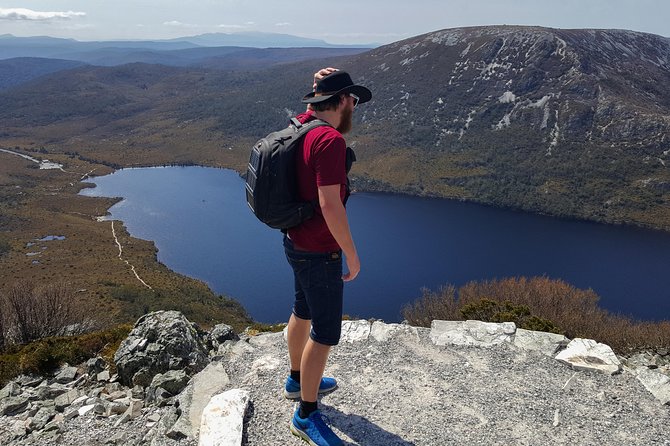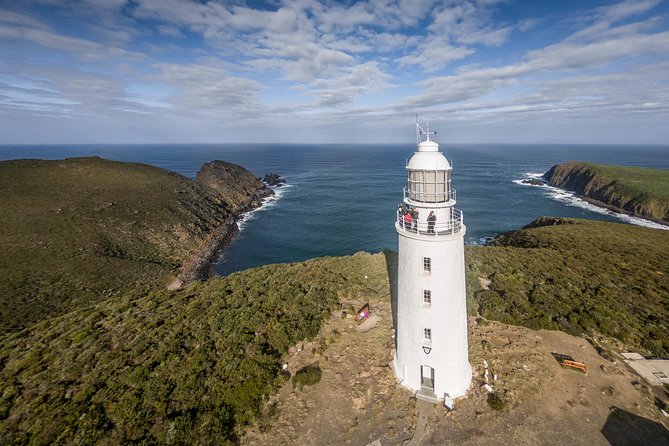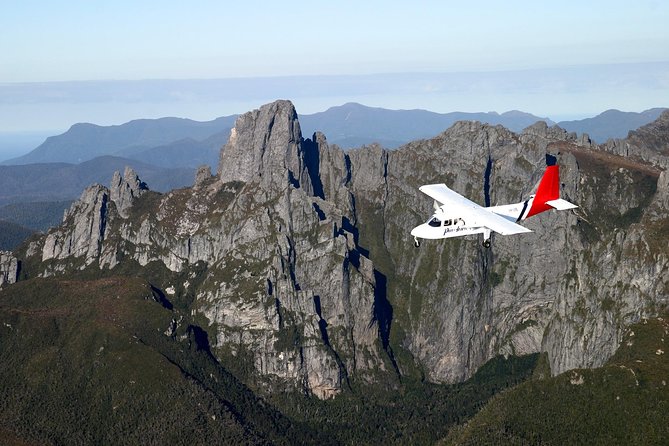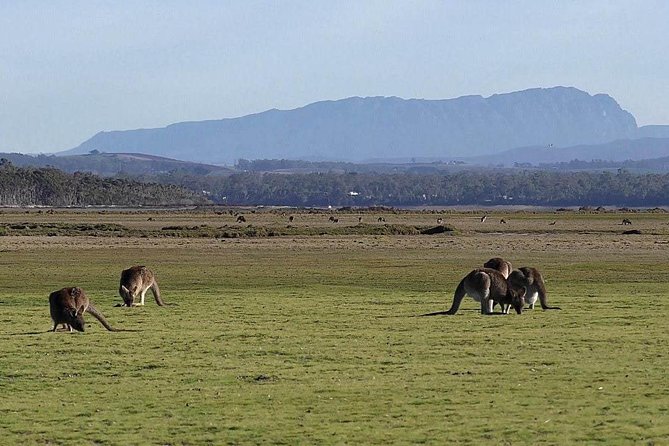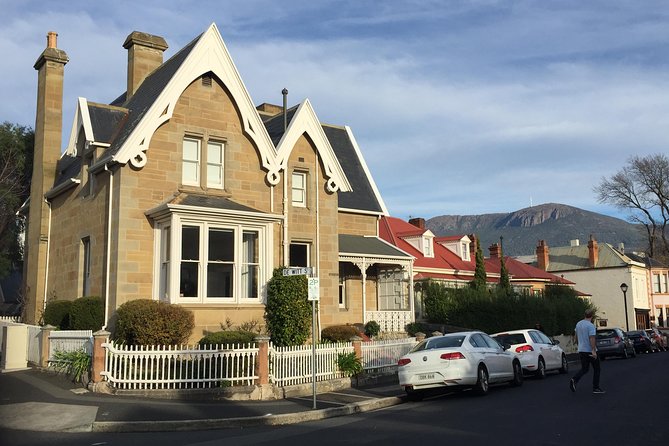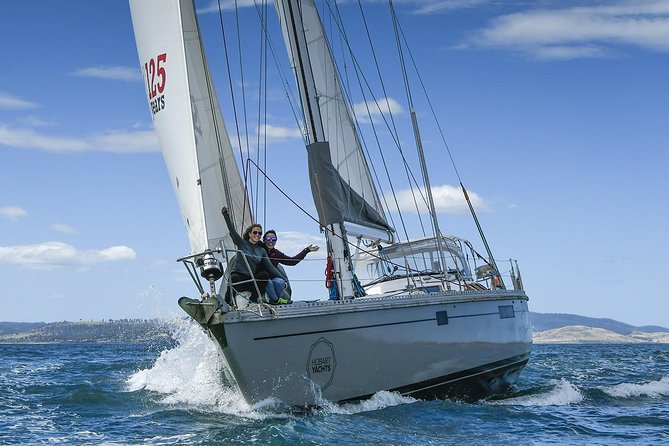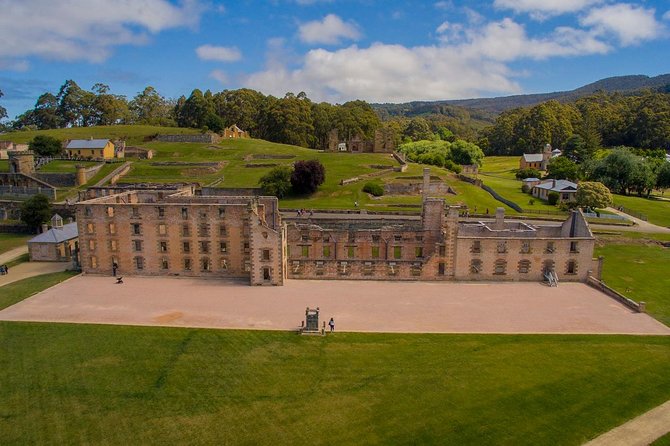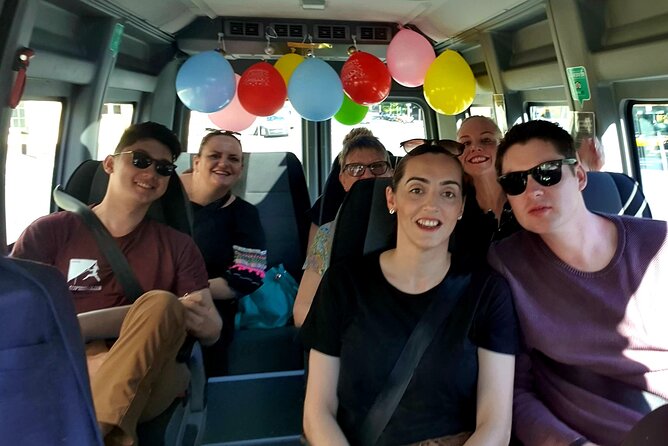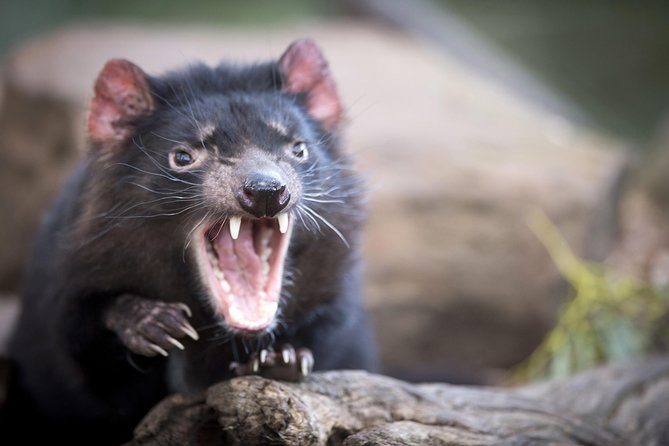-
Twin Rivers Adventures (4km)
This is a wonderful way to experience Tasmania’s tall forests. Guides supply an informative narrative of the the forest. Get up close & personal to the huon pine and other rain forest plants. The Picton & Huon Rivers are clean, the rapids easy and the pace leisurely..
-
Southwest Tasmania Wilderness Experience: Fly Cruise and Walk Including Lunch
Fly to Southwest National Park, Tasmania’s largest national park, and discover the beauty of this Tasmanian Wilderness World Heritage Area. Enjoy views of Hobart and Tasmania’s remote southwest on your flight to the national park, and take a scenic cruise out to Bathurst Harbour, a remote waterway three times the size of Sydney Harbour. All tours…
-
Cradle Mountain Park Explorer Guided Tour
The Cradle Mountain Park Explorer Tour is a fully guided interpretive tour whereby you discover the unique flora, fauna and geographical features of the World Heritage listed Cradle Mountain National Park. Enjoy a 2‑hour guided tour amongst the wilderness and experience the awesome views across Dove Lake to the jagged dolerite peaks of Cradle Mt,…
-
Master Gin Making Classes
Tasmania is showing the world why our natural ingredients are the key to making world class Gin. This is your chance to spend time with master Distiller George Burgess owner of Southern Wild Distillery and make your very own bottle of Gin!
-
Spend a day in one of Tasmania’s best wildlife National Park’s
Small private boutique toursExperienced qualified bush walking tour guide Freshly packed Tasmanian produce lunch suppliedWater suppliedSome day walking equipment supplied
-
Launceston Private Charter Service
Launceston City Tour would begin with Swiss Village established in 1989 by Mr Vos for his wife, who loved Grindelwald Switzerland after their scenic holiday in Switzerland. And then, we head to Tamar Wetland, the unique urban wetlands reserve near Launceston. A short walk from tourist center takes you to a bird hide that you…
-
Shore Excursion: Small-Group Cradle Mountain Day Tour From Burnie
Visit one of Tasmania’s most incredible natural attractions – Cradle Mountain, it is Tasmania’s famous iconic feature. This small-group tour departing from Burnie will give you the opportunity to view the beauty of Tasmania including the magnificent St Clair National Park and Dove Lake. Cradle Mountain is a must see for every Cruise ship visitor…
-
Port Arthur Historic Site 2-Day Pass
Take a walk into the past at the Port Arthur Historic Site! With a two-day pass to this UNESCO World Heritage Site, you’ll go on a guided walking tour, have access to more than 30 historic buildings and ruins, and enjoy a cruise on Port Arthur’s harbor. With so much to see at Port Arthur,…
All about Tasmania
When to visit
Unlike a lot of Australia, Tasmania is one of the few places where you can experience a proper winter—with snow common in the highlands and on top of Mt. Wellington (Kunanyi). To combat the season’s gloomy cold conditions, the raucous Dark Mofo festival is held in Hobart each June to lighten the mood. Summer (December–February) is when most travelers come to the state, taking advantage of the milder temperatures and the island’s many empty beaches.
Getting around
Having your own vehicle or transportation is a necessity when traveling in Tasmania. The state is larger than it looks and is mostly rural communities and wilderness. A limited bus network connecting the largest cities and towns is the only public transport available in Tasmania, and even some of the island’s most popular attractions are found down rural, unpaved roads. Regular ferries provide access to areas like Bruny Island, Maria Island, and across the River Derwent.
Traveler tips
Tasmania’s diverse wildlife and abundant natural spaces are a special treat for visitors, but problems with roadkill mean you need to drive with some caution on the state’s roads. Some roads are posted with lower speed limits between dusk and dawn, and it’s generally best to slow down when driving at night. As for special wildlife encounters, head to Bruny Island to try to spot albino wallabies and Maria Island for wild wombats.
Frequently Asked Questions
What is Tasmania known for?
The island of Tasmania is known for its early and troubling convict history. It’s also famous for its rich natural heritage of ancient rainforests, highland mountains, and empty beaches—plus its abundant wildlife including Tasmanian devils, wombats, and pademelons.
What is the number one tourist attraction in Tasmania?
MONA, the Museum of Old and New Art, in Hobart is likely the most visited tourist attraction in Tasmania with 1.35 million visitors recorded in 2019. Salamanca Market is another top destination.
What is the prettiest place in Tasmania?
While it’s tempting to say that the whole island is the prettiest place in Tasmania, attractions such as the Bridestowe Lavender Estate, Bay of Fires, Dove Lake, and Russell Falls are definitely front-runners for that illustrious title.
How many days do you need to see Tasmania?
You need at least five days in Tasmania to get a real sense of the state and see more than one destination like Hobart or Cradle Mountain. Longer visits are worthwhile, as more time will allow you to see the island’s different sides.
What is the best time of year to visit Tasmania?
The best time of year to visit Tasmania is on either side of summer—October, November, March, and April. These months offer ideal weather for outdoor activities, and they allow you to avoid the heat and crowds of summer—and avoid winter’s chilly temperatures and restricted highland access.
How long would it take to drive around Tasmania?
It takes at least one week to drive around Tasmania in a loop, although many travelers choose to take longer—often a month or more—to explore the island state in more depth.
